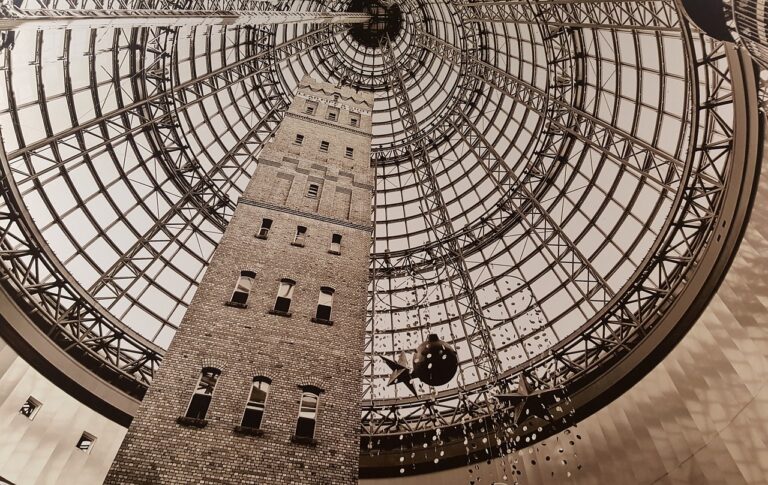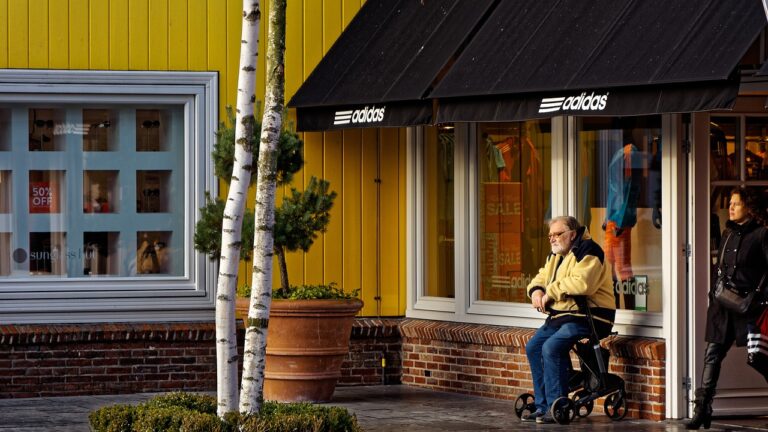The Art of Window Shopping: A Cultural Phenomenon
Window shopping has a long and fascinating history that dates back to the 18th century. It became a popular leisure activity in urban areas where shop owners displayed their merchandise in large windows to attract potential customers and showcase the latest trends. Window shopping allowed people to visually explore different products without the pressure of making a purchase, creating a unique shopping experience that combined entertainment and consumerism.
Over time, window displays evolved from simple arrangements of goods to elaborate and creative showcases designed to entice passersby. Department stores and luxury brands in particular embraced the art of window dressing, using it as a powerful marketing tool to create aspirational and captivating scenes that captured the imagination of the public. The practice of window shopping not only shaped the way we interact with storefronts but also influenced the development of retail strategies aimed at engaging customers and building brand loyalty.
The Psychology Behind Window Shopping
When individuals engage in window shopping, they are often driven by emotional responses rather than rational decision-making processes. The act of browsing through store windows and observing various products can trigger feelings of excitement, desire, and anticipation. This emotional experience is often pleasurable and can provide a sense of escapism or temporary relief from stress or boredom.
Moreover, window shopping allows individuals to fulfill their psychological need for exploration and novelty. The visual stimulation of vibrant displays and attractive merchandise can activate the brain’s reward system, releasing feel-good neurotransmitters such as dopamine. This can create a sense of satisfaction and fulfillment, even without making a purchase. Additionally, the act of fantasizing about owning or using the displayed items can heighten the emotional experience of window shopping.
What is window shopping?
Window shopping is the act of looking at items in retail store windows or online without the intention of making a purchase.
Why do people engage in window shopping?
People may window shop for a variety of reasons, including entertainment, relaxation, inspiration, or simply to pass the time.
What are some psychological reasons behind window shopping?
Window shopping can provide a sense of fantasy or escapism, allowing individuals to imagine themselves owning the items they see. It can also trigger feelings of desire or excitement, as well as a sense of accomplishment without actually spending money.
Is window shopping harmful to one’s mental health?
While window shopping can be a fun and harmless activity for many, it may become problematic for individuals who struggle with impulse control or feelings of inadequacy. It’s important to be mindful of your intentions and emotions while engaging in window shopping.
Can window shopping lead to actual purchases?
Yes, window shopping can sometimes lead to impulse purchases if the individual is unable to resist the temptation of buying something they see. Retailers often utilize this psychological phenomenon to increase sales.





